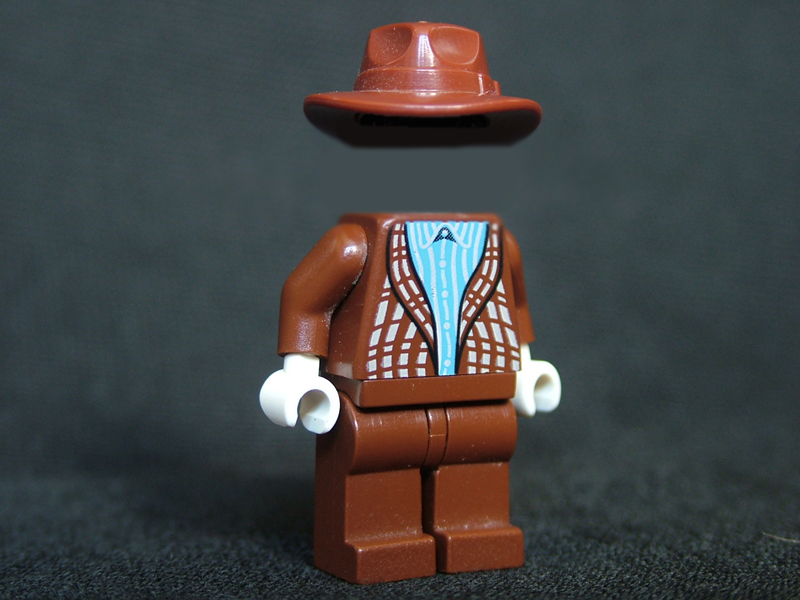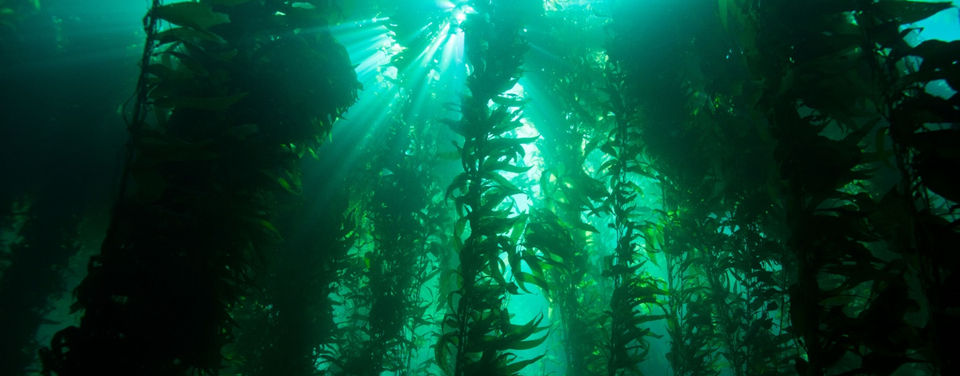
Two Steps to Better Communicate Science With Clarity
I remember when I fell in love with science. It was when I saw the T. Rex for the first time in Jurassic Park. This book and movie, despite their flaws in technical science, made a career in molecular biology seem easy, especially because they recreated dinosaurs. The author and director of the movie took











